Many professional photographers get asked the same question over and over by people who want to know how to get better results: “How would you shoot X?” Many professional photographers also have the same answer to that question: “I wouldn't.”
But what does that actually mean? Surely a professional can make any shot look great? What is the problem?
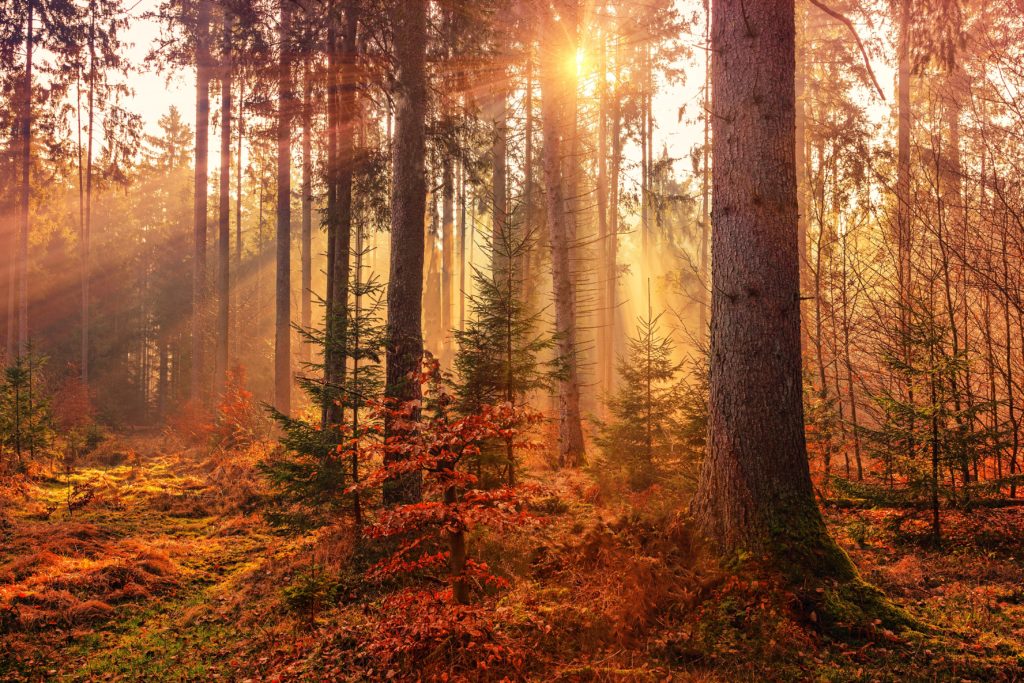
The problem is that, when it comes to choosing a subject to shoot and getting good results, discretion is the better part of valor. A good photographer can tell by looking at a scene if they are going to have problems shooting it. The vast majority of situations in which a photographer won't shoot involve an assessment of the lighting quality available, but sometimes it comes down to plain old judgment about what will be interesting in an image or what your gear is capable of. Here are a few of the things they look out for.
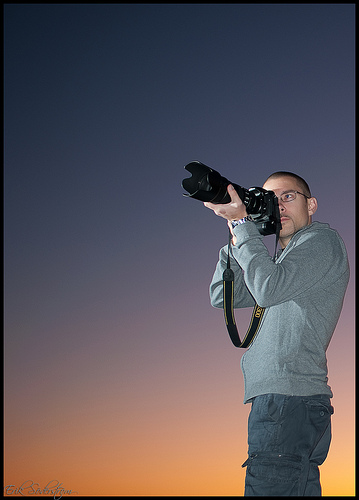
Will You Have Exposure Problems?
Probably the most common situation in which a practiced photographer will simply not shoot, is outdoors in the middle of the day. The light is often too harsh for great shots. Midday sun will almost certainly lead to blown out whites in parts of your landscape shot (see our article on how to read a histogram), and while you can stop your shots down with filters etc, it's simply very difficult to get photographs that are as good as what you might take when the lighting is more favorable. The solution is usually to shoot the scene later or earlier in the day when the light is less harsh.
Low light is probably less of a problem because you can shoot with longer shutter speeds, higher ISO values and wider apertures many times when there isn't enough light (assuming you can stabilise your camera), but you may start running into problems with noise too (which varies from camera to camera). Often times a low light situation will come down to a judgment by the photographer as to whether they have the appropriate gear on hand or if improvisation can address the lighting situation.
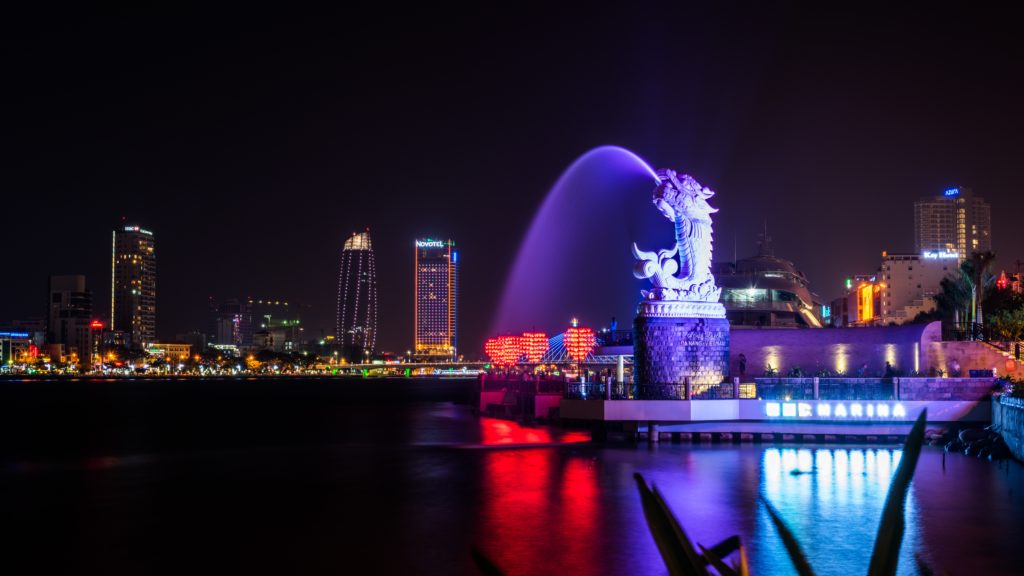
Do You Have the Wrong Equipment On Hand?
Following on from the low light problem, the gear available to a photographer at a given time may well dictate whether they even bother. There are so many different situations with this that it is difficult to generalise, but an outdoor photographer may not bother shooting without the right filters to stop down bright natural light for example. Low light might necessitate a tripod for a quality image, but if you don't have one on hand then things will be very difficult – perhaps so difficult that it's simply not worth trying at that time.
Knowing what your gear is capable of and assessing when it should be used is a part of being a good photographer. If you know how to use your gear properly then you will also know when it's a waste of time too.
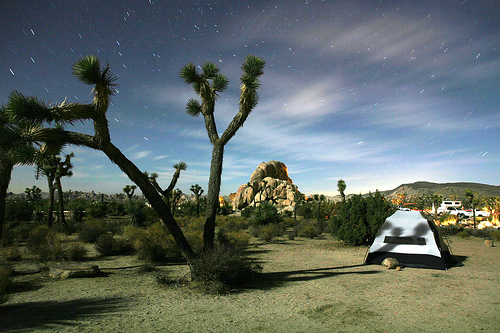
Is the Composition Just Bad?
Sometimes it can be very difficult to get in a position to take a shot from a favourable angle. Being restricted in how you compose a photograph might lead to you asking whether or not it's worthwhile putting the camera away and waiting until you can move to a better position. Most photographers will have personal biases about how they compose a shot and if they feel that they cannot get a well balanced photo, then sometimes it's simply better to come back at another time when they can.
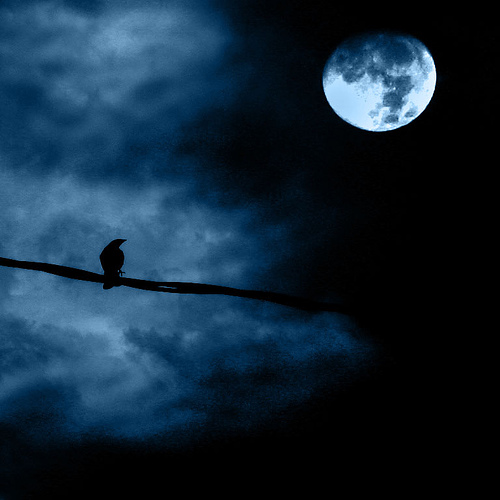
Why Planning is Key
A lot of the points above have a common theme – elements that are outside your immediate control such as poor lighting, the wrong equipment or just being in the wrong place will lead to inferior photographs.
Obviously sometimes as a photographer, you will have to shoot under unfavourable conditions. You might be paid to shoot a festival at midday in the blazing sun so you will need to come up with the best solutions for that.
However, when you know what the conditions will be like, you can plan your shoot and your equipment to cope with less than ideal shooting situations. In our article on why some photographers almost always take awesome photographs, we stressed that planning was the key. With that idea in mind, a lack of control over a situation can often lead a good photographer to simply put away their camera.



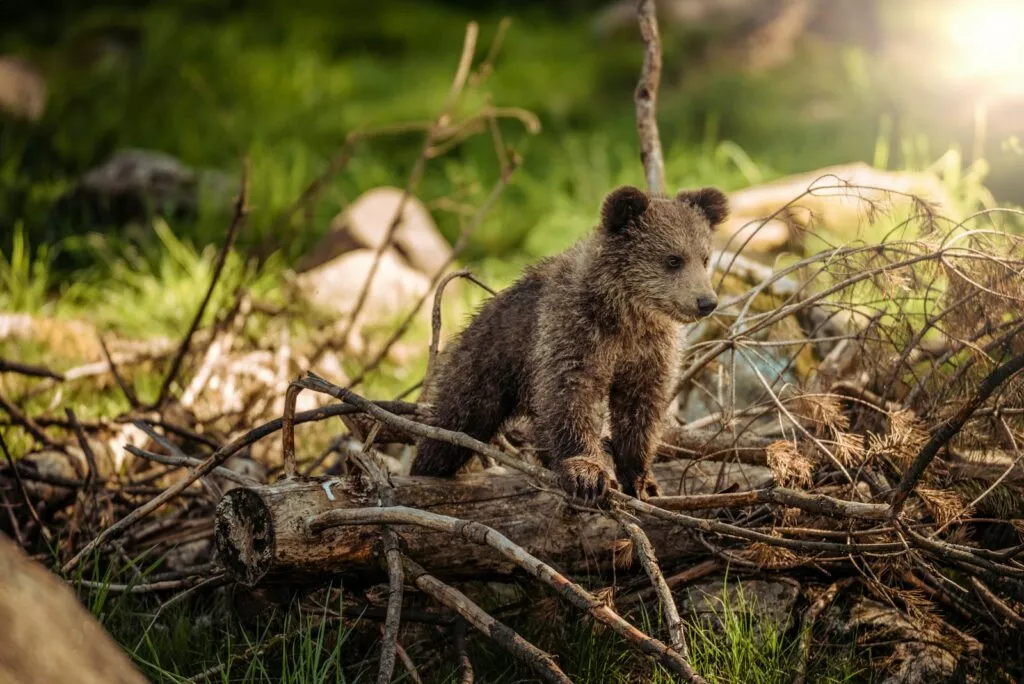



4 Comments
An interesting article with some good information. I do feel however the following statement is misleading:
“Probably the most common situation in which a practiced photographer will simply not shoot, is outdoors in the middle of the day.”
I think this over-generalizes what photography is all about.
It implies that time of day is the key, which is why many people head out for Golden Hour. Of course that makes sense.
To me, the key isn’t the time of day, it’s the Quality of the Light. In winter, mid-day light can be soft and ethereal.
Of course I understand what is being said:
“Don’t shoot in harsh light”
Alistair – You’re absolutely right – On a rereading that statement was way too general.
Another example of knowing when not to shoot: When your cousin wants you to take photos of her wedding, with only 5 days’ notice, and when they must be ‘amazing’ quality….Gulp.
I will kindly disagree. If you see something that catches your eye and you have a camera in hand — go for it. After all, removing a bad picture is only one “Delete” click away. On the other hand some of my keepers came out from settings that could be considered hopeless. One may say that this means I’m not experienced enough but here I would kindly disagree again. 🙂 Of course, this is an opinion of an amateur and apparently when you have a commitment it would be wiser to refuse to shoot, but in all other cases — shoot and ask questions later.